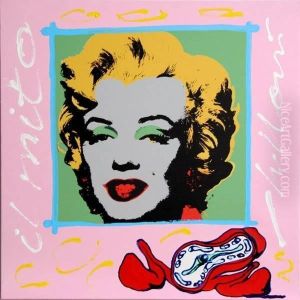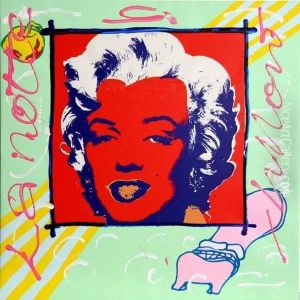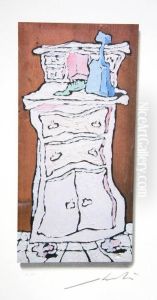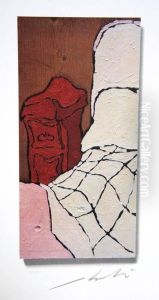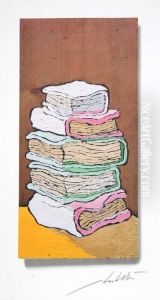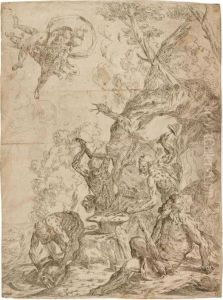Giovanni Pietro Bellori Paintings
Giovanni Pietro Bellori, born in 1613, was an Italian art historian and theoretician, whose works are foundational in the fields of art history and criticism. Bellori's life was deeply intertwined with the intellectual and artistic currents of the Baroque period in Italy, a time when art was undergoing significant transformation and when the Catholic Church was seeking to reaffirm its authority through the arts after the challenges posed by the Reformation.
Bellori's most famous work, 'Le Vite de' Pittori, Scultori, et Architetti Moderni' (The Lives of the Modern Painters, Sculptors, and Architects), published in 1672, was an attempt to establish a canon of art that promoted the ideals of High Renaissance art as the pinnacle of artistic achievement. Through this work, Bellori positioned himself as a champion of classical restraint and beauty against what he saw as the excesses of Baroque art. His biographies of artists such as Caravaggio, Annibale Carracci, and Nicolas Poussin not only provide invaluable insights into their lives and works but also articulate Bellori's vision of an ideal art, grounded in the study of nature and the emulation of the art of antiquity.
Throughout his career, Bellori enjoyed the patronage of powerful figures, including Pope Clement X and Queen Christina of Sweden, which allowed him to pursue his research and writing. He was also involved in various papal commissions, contributing to the intellectual and artistic projects of his time. As the superintendent of antiquities in Rome, Bellori had an influential role in the preservation and study of ancient art, further solidifying his position as a key figure in the development of art historical scholarship.
Bellori's impact on art history is profound. His method of combining biography with critical analysis set a precedent for future generations of art historians. Although his preference for the art of antiquity and the High Renaissance was challenged by later critics who appreciated the Baroque's emotional depth and complexity, Bellori's work remains a crucial reference for understanding the art and culture of his time.
Giovanni Pietro Bellori died in 1696, leaving behind a legacy that continues to inform and inspire the study of art history. His commitment to the ideals of classical art and his rigorous approach to art criticism have cemented his place as one of the most important art historians of the Baroque era.




